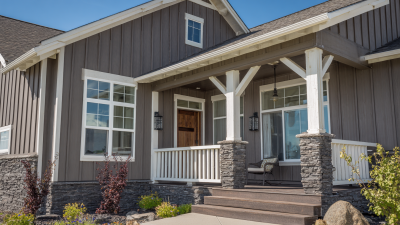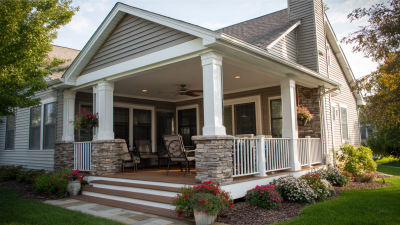Unveiling the Benefits of Fiber Cement Cladding: Eco-Friendly and Durable Home Solutions
In recent years, the construction industry has increasingly embraced sustainable materials, leading to a surge in the popularity of Fiber Cement Cladding as a preferred solution for homeowners seeking durability and eco-friendliness. According to the U.S. Green Building Council, the use of fiber cement materials in residential buildings can lead to significant environmental benefits, including a reduction in greenhouse gas emissions and lower lifecycle energy use.
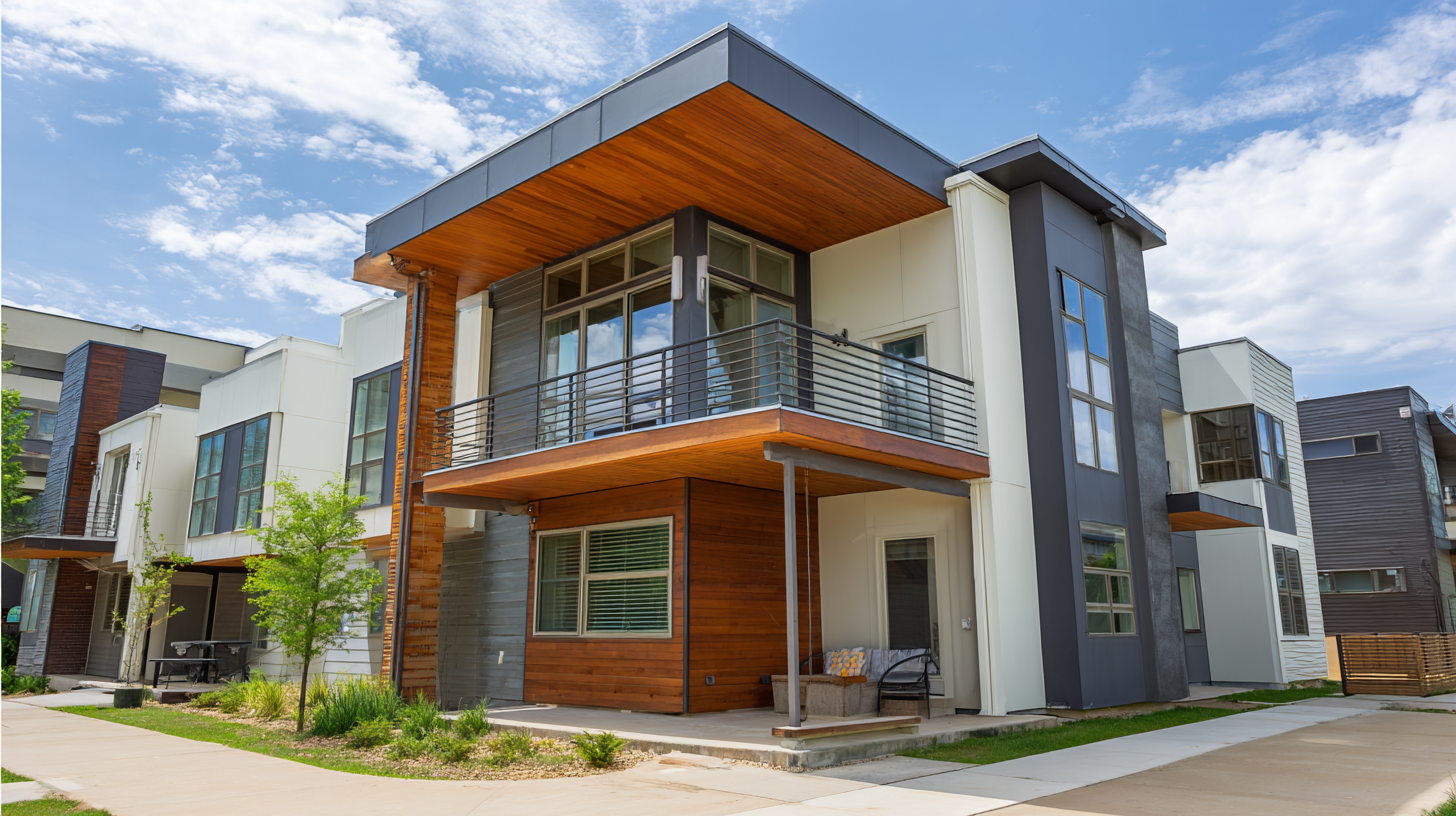 This advanced cladding solution not only offers superior resistance to the elements, preventing issues such as warping and rot, but also provides an impressive aesthetic appeal with versatile design options. Market analysis shows that the fiber cement market is projected to reach USD 15 billion by 2026, driven by growing consumer demand for sustainable home solutions.
As we delve deeper into the advantages of Fiber Cement Cladding, we will uncover how it serves as a practical and stylish choice for modern homes.
This advanced cladding solution not only offers superior resistance to the elements, preventing issues such as warping and rot, but also provides an impressive aesthetic appeal with versatile design options. Market analysis shows that the fiber cement market is projected to reach USD 15 billion by 2026, driven by growing consumer demand for sustainable home solutions.
As we delve deeper into the advantages of Fiber Cement Cladding, we will uncover how it serves as a practical and stylish choice for modern homes.
Understanding Fiber Cement Cladding: Key Features and Advantages
Fiber cement cladding is revolutionizing the construction industry with its blend of durability and eco-friendliness. Composed of cement, cellulose fibers, and sand, it provides an impervious barrier against weather and insects, making it a reliable choice for homeowners. According to a report by the World Green Building Council, fiber cement siding can last over 50 years with minimal maintenance, significantly outpacing traditional materials like vinyl, which typically last around 20-30 years. This longevity not only reduces the need for frequent replacements but also cuts down on waste, aligning with sustainable building practices.
When considering fiber cement cladding, it’s essential to explore its various finishes and textures that can enhance a home’s aesthetic appeal while providing superior protection. This material is also fire-resistant, earning it a Class A rating in terms of fire safety. Moreover, its energy efficiency contributes to lower heating and cooling costs. A survey by the National Association of Home Builders indicates that homes equipped with fiber cement cladding can see energy savings of up to 10% annually.
**Tips:** When selecting fiber cement cladding, opt for pre-painted products to reduce maintenance efforts and ensure a longer-lasting finish. Additionally, consider the installation technique; using a ventilated facade can improve thermal performance and prolong the lifespan of the cladding. Finally, always check for the manufacturer's warranty to ensure you are investing in quality materials backed by a solid guarantee.
Unveiling the Benefits of Fiber Cement Cladding: Eco-Friendly and Durable Home Solutions
| Feature |
Description |
Benefits |
| Durability |
Resistant to rot, mold, and insects. |
Long-lasting investment that requires less maintenance. |
| Eco-Friendly |
Made from sustainable materials and recyclable. |
Reduces the environmental impact of building materials. |
| Aesthetic Versatility |
Available in various styles, colors, and textures. |
Enhances curb appeal and accommodates diverse architectural designs. |
| Fire Resistance |
Non-combustible and can withstand extreme heat. |
Increases safety for home and occupants. |
| Weather Resistance |
Stands up to wind, rain, and severe weather conditions. |
Reduces risk of damage and prolongs lifespan of the exterior. |
Top 5 Eco-Friendly Benefits of Choosing Fiber Cement for Home Exteriors
Fiber cement cladding has gained significant popularity in modern home exteriors, primarily due to its environmentally friendly attributes. One of the foremost benefits is its sustainable composition, as it is manufactured from natural materials like cement, sand, and cellulose fibers, significantly reducing the reliance on synthetic substances. This eco-conscious choice helps lower the carbon footprint of home construction, making it a preferable option for environmentally aware homeowners.
Another notable advantage of fiber cement is its durability and resistance to harsh weather conditions. Unlike traditional wood siding, fiber cement is impervious to rot, termites, and other pests, which means it requires minimal maintenance over its lifespan. This longevity not only translates to lower long-term costs but also contributes to less waste, as homes do not need to be rebuilt or re-sided frequently. Furthermore, its ability to withstand extreme temperatures and moisture further emphasizes its role as a sustainable solution for durable home exteriors.
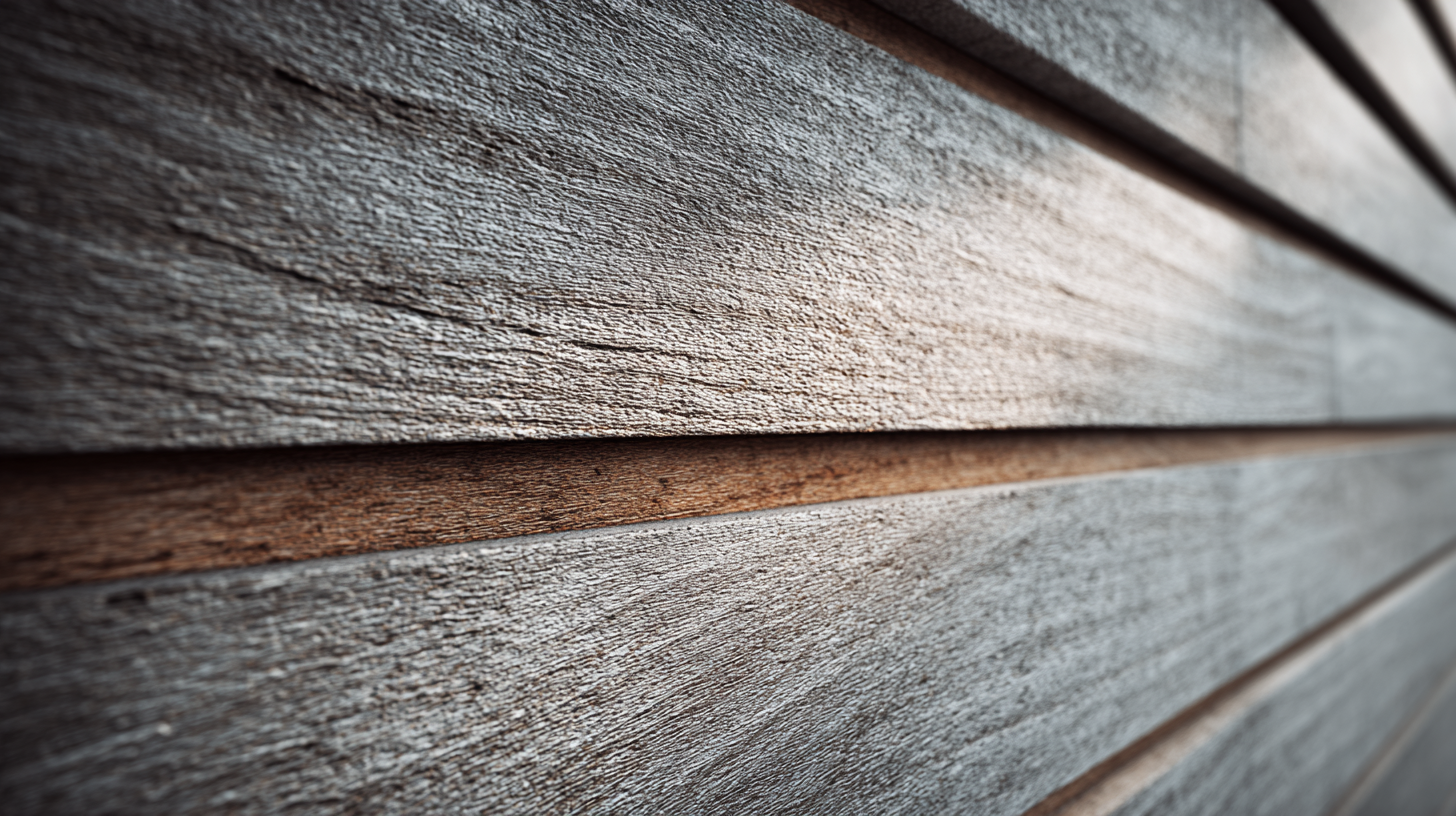
How Fiber Cement Cladding Enhances Durability Against Harsh Weather
Fiber cement cladding has emerged as a premier choice for homeowners seeking durable solutions that stand up to harsh weather conditions. Composed of a blend of cement, cellulose fibers, and sand, this material provides excellent resistance against wind, rain, and ultraviolet exposure. Unlike traditional siding, fiber cement is designed to withstand the physical stresses caused by extreme temperatures and severe storms, ensuring long-lasting protection for your home.
Tips for maintaining fiber cement cladding include regular inspections for any signs of damage or wear. Keeping the surface clean helps prevent mold and mildew, which can compromise durability. Additionally, it's beneficial to apply a fresh coat of paint every 5 to 10 years to enhance both aesthetics and protective qualities. Proper installation by a certified professional can also significantly impact the cladding’s longevity against the elements.
In addition to its robust nature, fiber cement cladding is eco-friendly, as it is produced from sustainable materials without sacrificing quality. This sustainable solution not only protects your home but also contributes to a healthier environment, making it a responsible choice for conscious homeowners looking to invest in resilient building materials.
Smart Tips for Maintaining Your Fiber Cement Cladding for Longevity
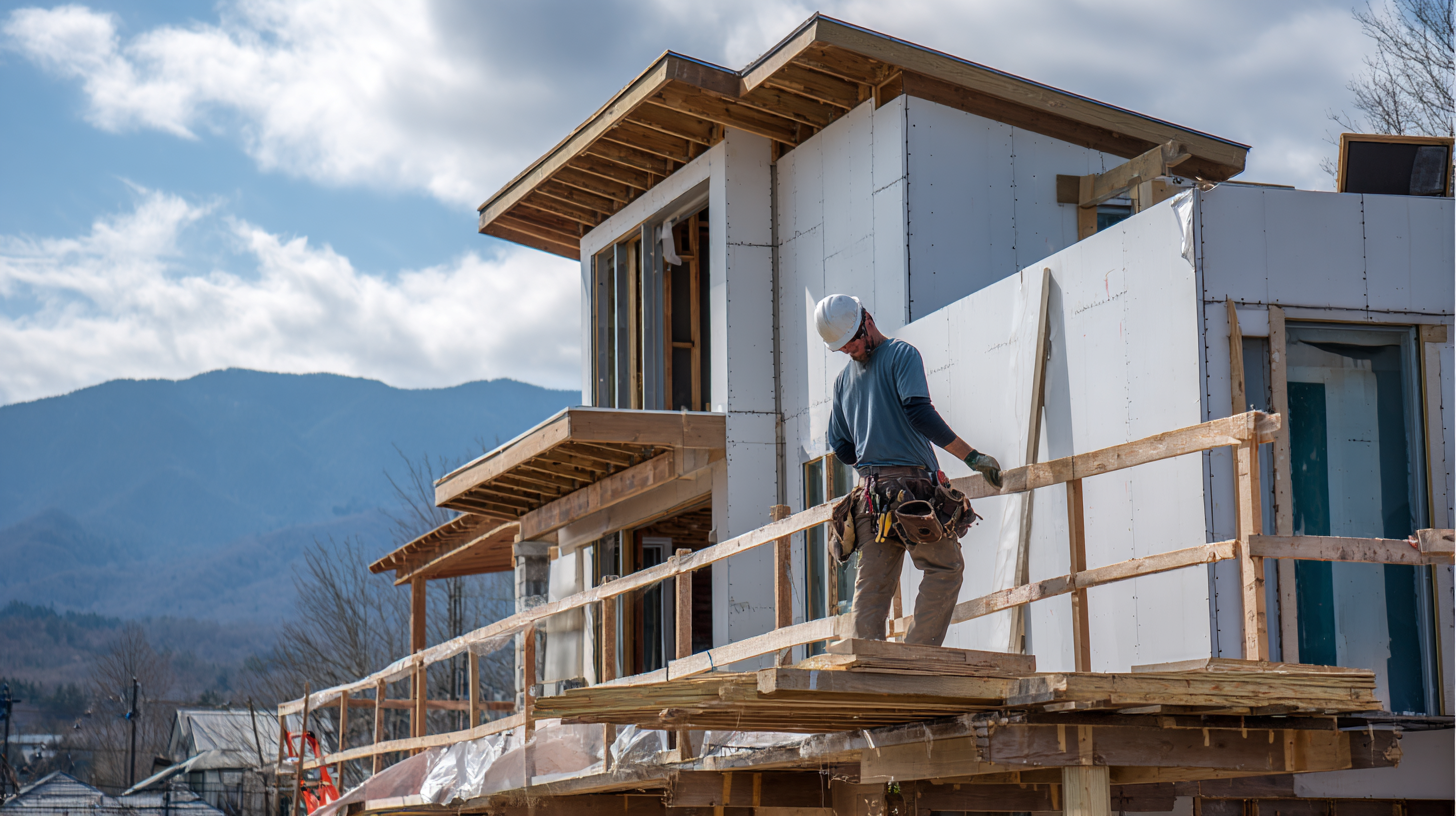 Fiber cement cladding is becoming increasingly popular among homeowners seeking durable and eco-friendly solutions for their properties. This material not only enhances the home's aesthetic but also ensures protection against the elements, proving to be a wise investment over time. However, to maximize the longevity of your fiber cement cladding, proper maintenance is essential.
Fiber cement cladding is becoming increasingly popular among homeowners seeking durable and eco-friendly solutions for their properties. This material not only enhances the home's aesthetic but also ensures protection against the elements, proving to be a wise investment over time. However, to maximize the longevity of your fiber cement cladding, proper maintenance is essential.
One smart tip for maintaining your fiber cement cladding is regular cleaning. Utilize a soft brush or a pressure washer on a low setting to gently remove dirt and debris that can accumulate over time. This simple step helps prevent mold and grime buildup, keeping your cladding looking fresh and new.
Another important aspect is inspecting for damage. Periodically check for cracks, chips, or signs of wear. Early detection can save you from costly repairs down the line. Simply patching small imperfections as they occur can significantly extend the lifespan of your cladding.
Lastly, consider applying a protective sealant every few years. This not only enhances the aesthetic of the cladding but also adds an extra layer of protection against moisture and UV damage. Implementing these easy maintenance tips can ensure your fiber cement cladding remains an attractive and functional feature of your home for years to come.
Cost-Effectiveness: Long-Term Savings with Fiber Cement Cladding Solutions
Fiber cement cladding has emerged as a highly cost-effective solution for homeowners seeking durability and sustainability. According to the National Association of Home Builders, fiber cement siding can last over
50 years with minimal maintenance, significantly reducing the need for costly replacements or repairs that are common with traditional siding materials. This longevity translates into substantial long-term savings for homeowners. The initial investment may be higher than vinyl or wood siding, but the durability of fiber cement ensures that homeowners can avoid frequent repainting and repairs, leading to lower overall costs throughout the life of the product.
Additionally, fiber cement cladding offers superior resistance to harsh weather conditions, pests, and fire, making it a safer and more reliable choice. A report from the American Institute of Architects indicates that the lifecycle costs of fiber cement products can be up to 20% lower than those of competing materials when considering factors such as energy efficiency and maintenance needs. As energy costs continue to rise, the thermal performance of fiber cement can contribute to lower heating and cooling expenses, enhancing its value as a long-term investment. This combination of durability, low maintenance, and energy efficiency positions fiber cement cladding as a smart financial choice for any homeowner looking to enhance their property while enjoying economic benefits.

Products
About Us
Download
News
Blog
Contact Us
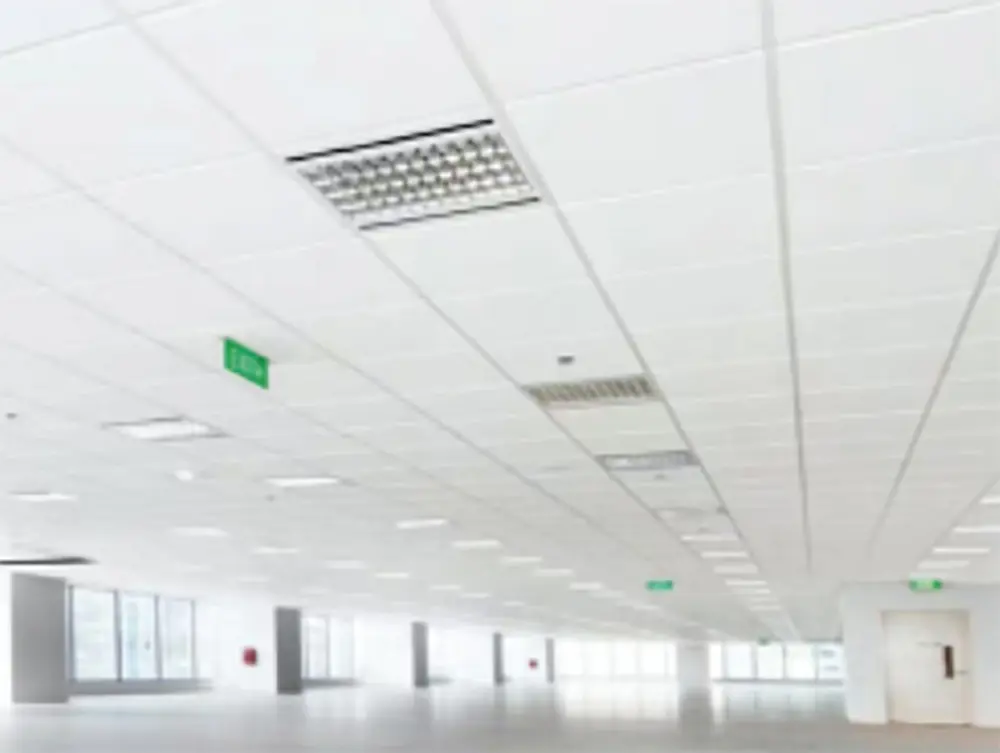 LEAO®Deco Ceiling
LEAO®Deco Ceiling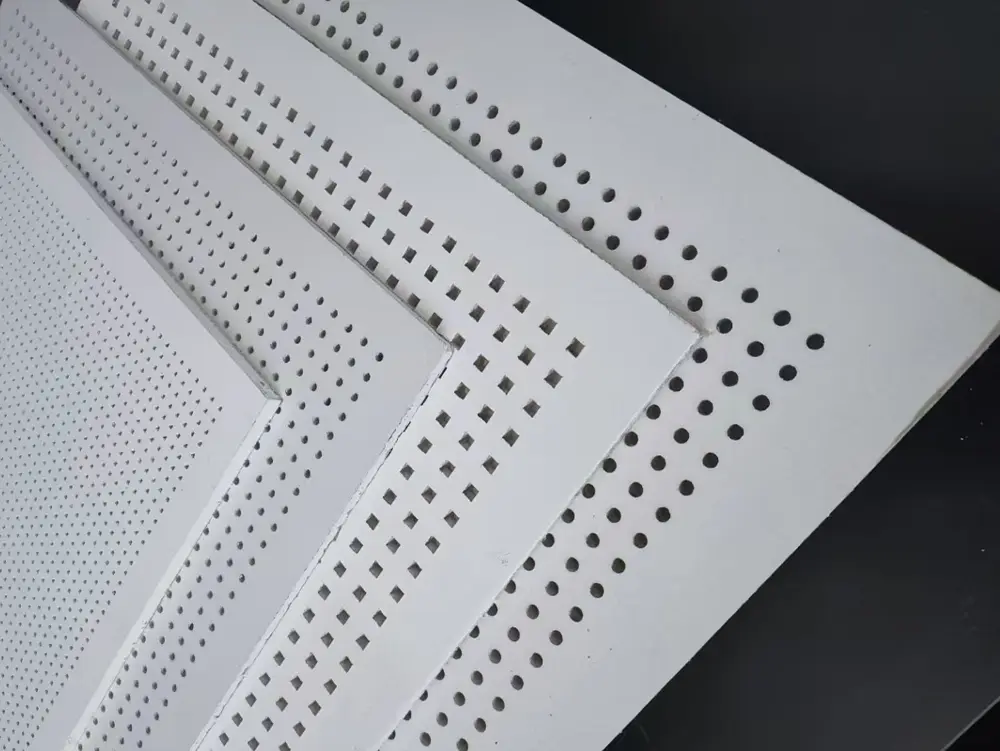 LEAO® Perforated Ceiling
LEAO® Perforated Ceiling LEAO® Ceiling Board
LEAO® Ceiling Board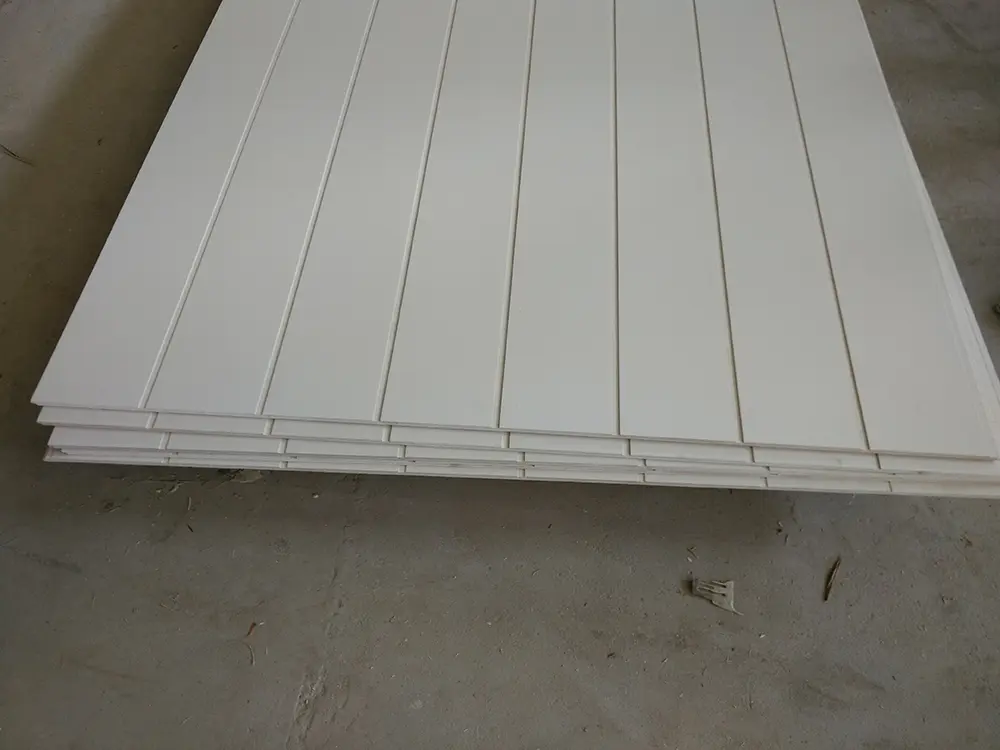 LEAO® Groove Interior Panel
LEAO® Groove Interior Panel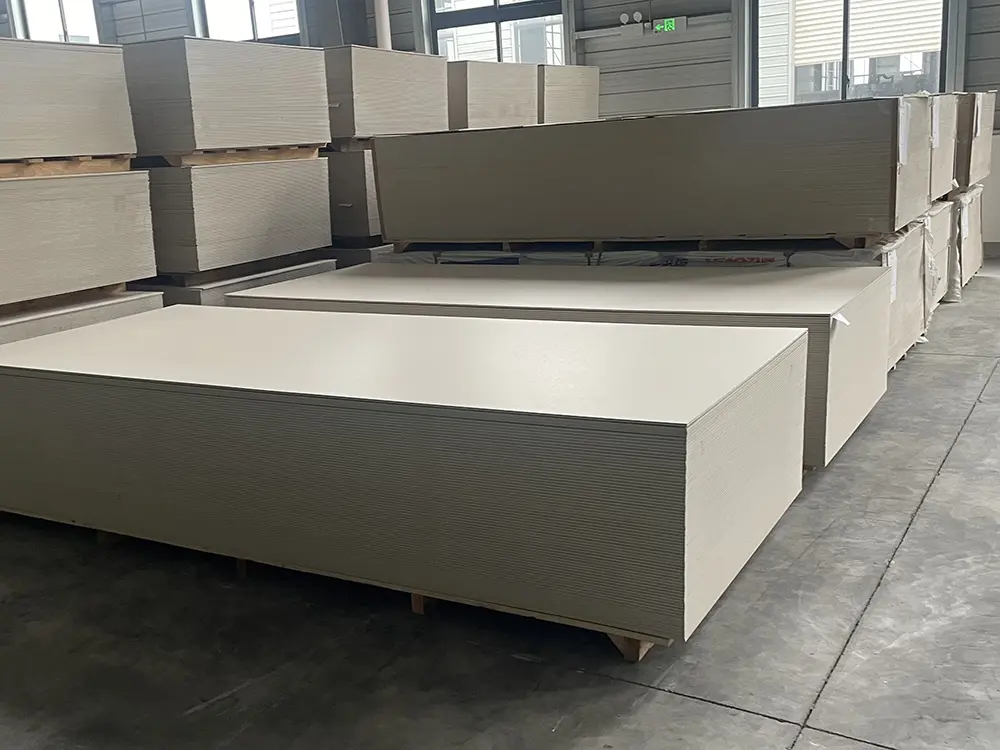 LEAO® Interior Board
LEAO® Interior Board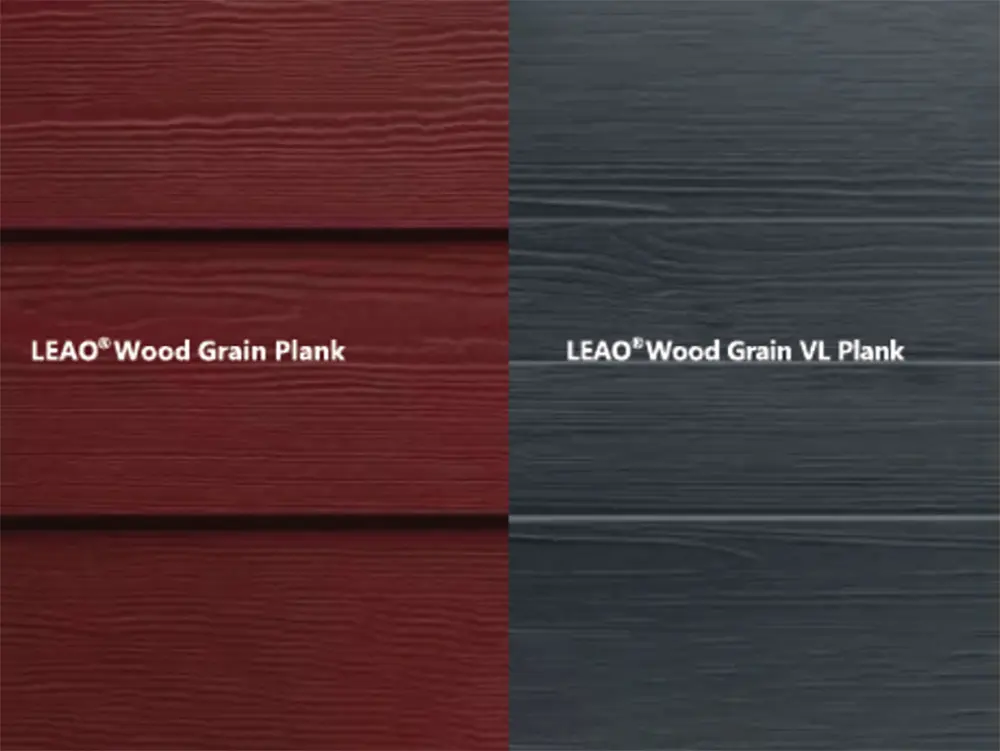 LEAO® Wood Grain Plank
LEAO® Wood Grain Plank LEAO® Grooved Exterior Panel
LEAO® Grooved Exterior Panel LEAO® Weatherboard
LEAO® Weatherboard LEAO® Access Floors
LEAO® Access Floors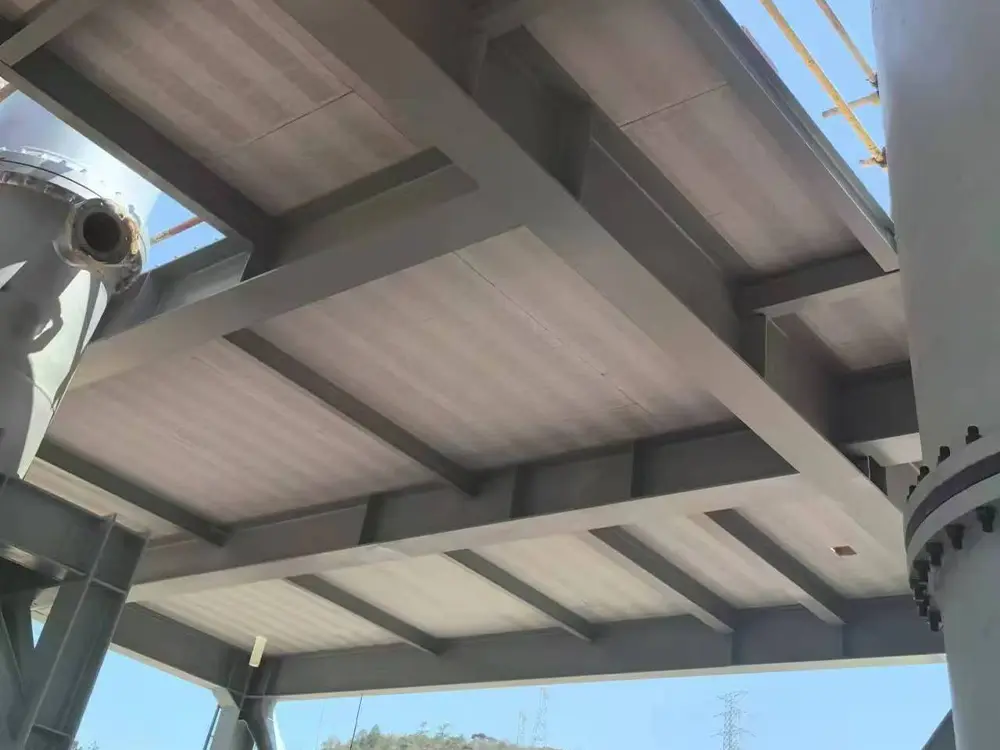 LEAO® Non-removable Formwork
LEAO® Non-removable Formwork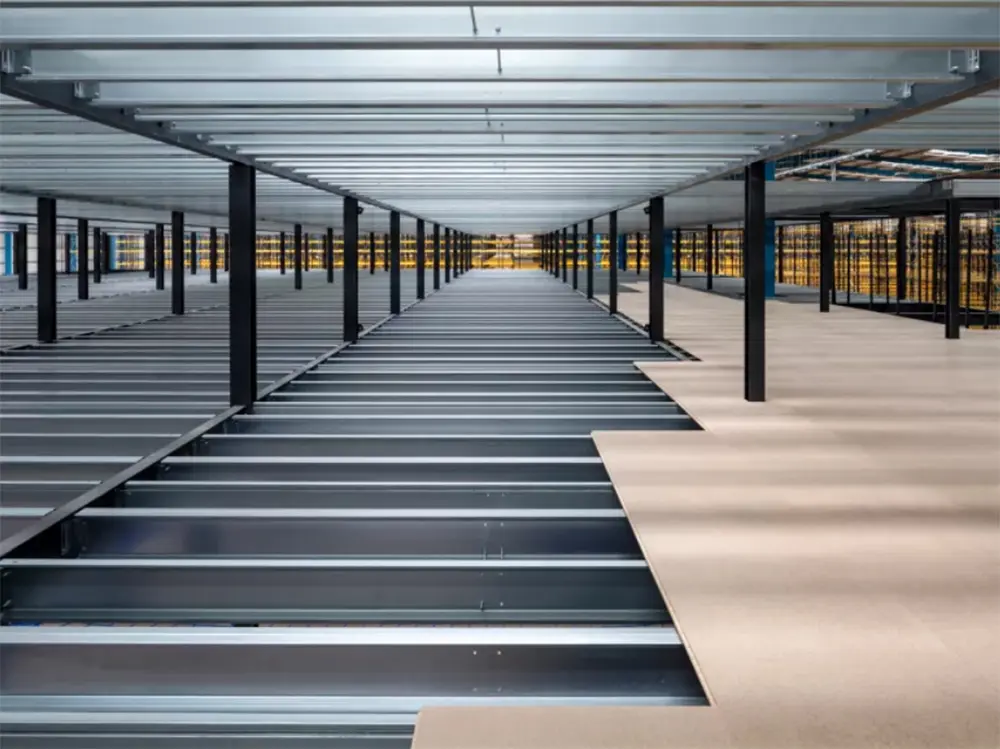 LEAO® Mezzanine Board
LEAO® Mezzanine Board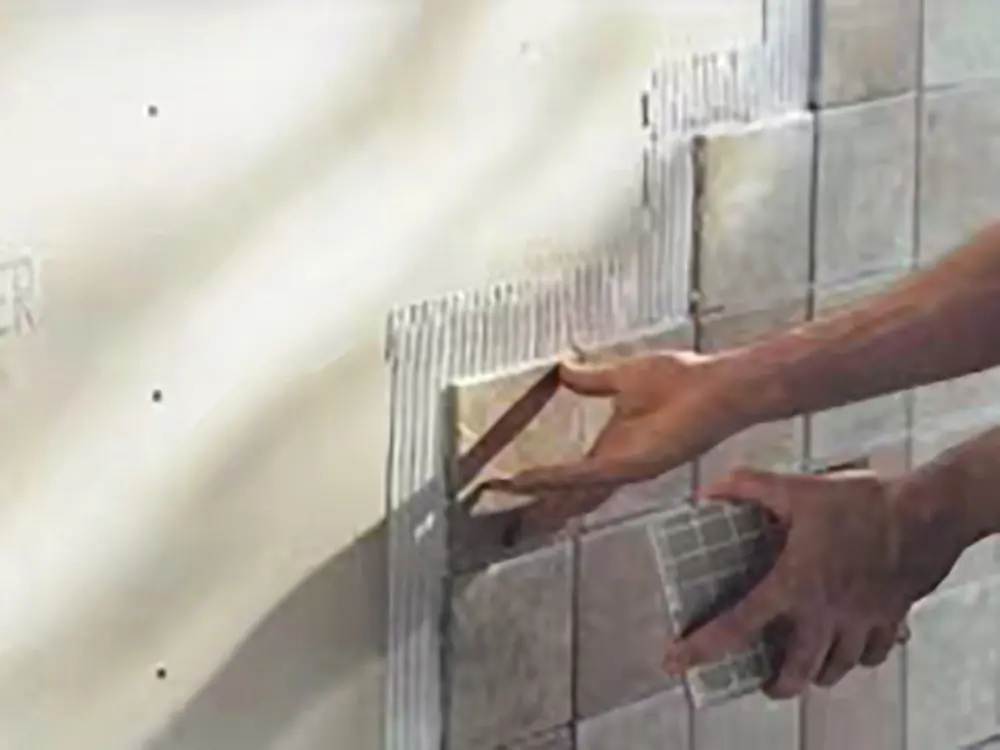 LEAO® Ceramic Tile Underlay
LEAO® Ceramic Tile Underlay LEAO® Floor Plank
LEAO® Floor Plank LEAO® Flooring
LEAO® Flooring LEAO® Wood Style Decorative Panel
LEAO® Wood Style Decorative Panel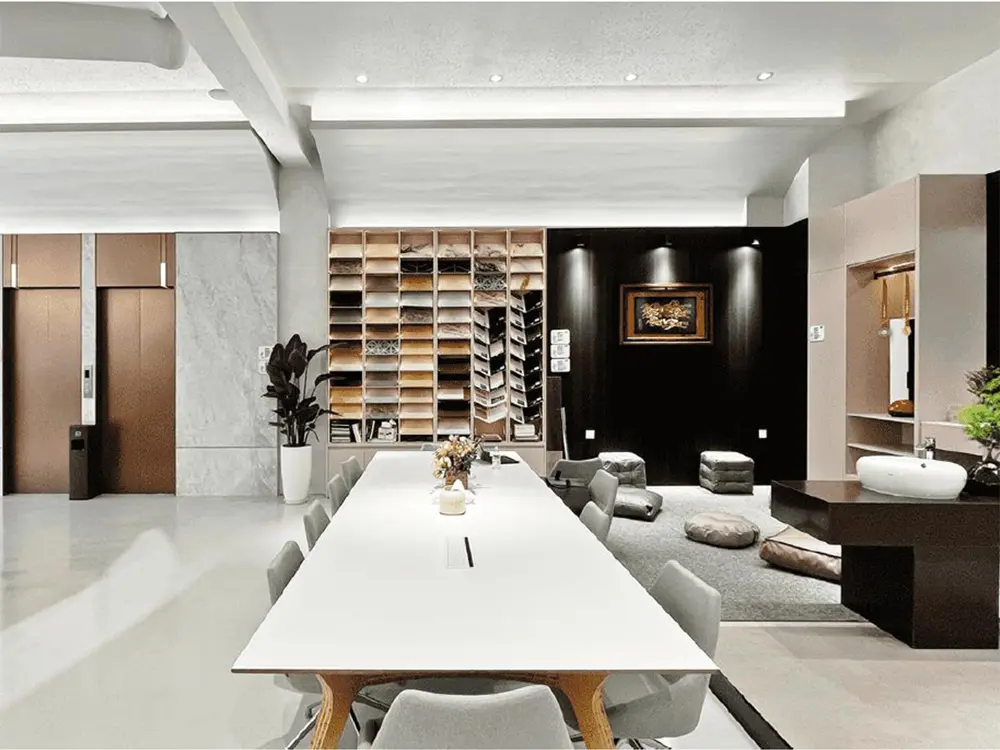 LEAO® Stone Style Decorative Panel
LEAO® Stone Style Decorative Panel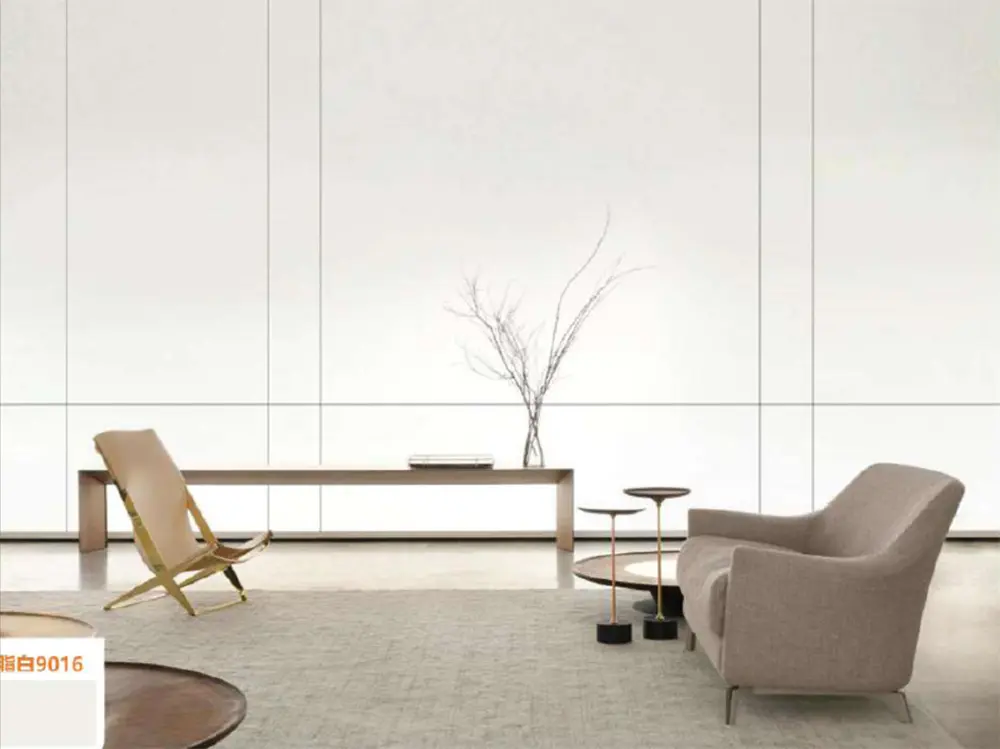 LEAO® Pure Style Decorative Panel
LEAO® Pure Style Decorative Panel This advanced cladding solution not only offers
This advanced cladding solution not only offers 

